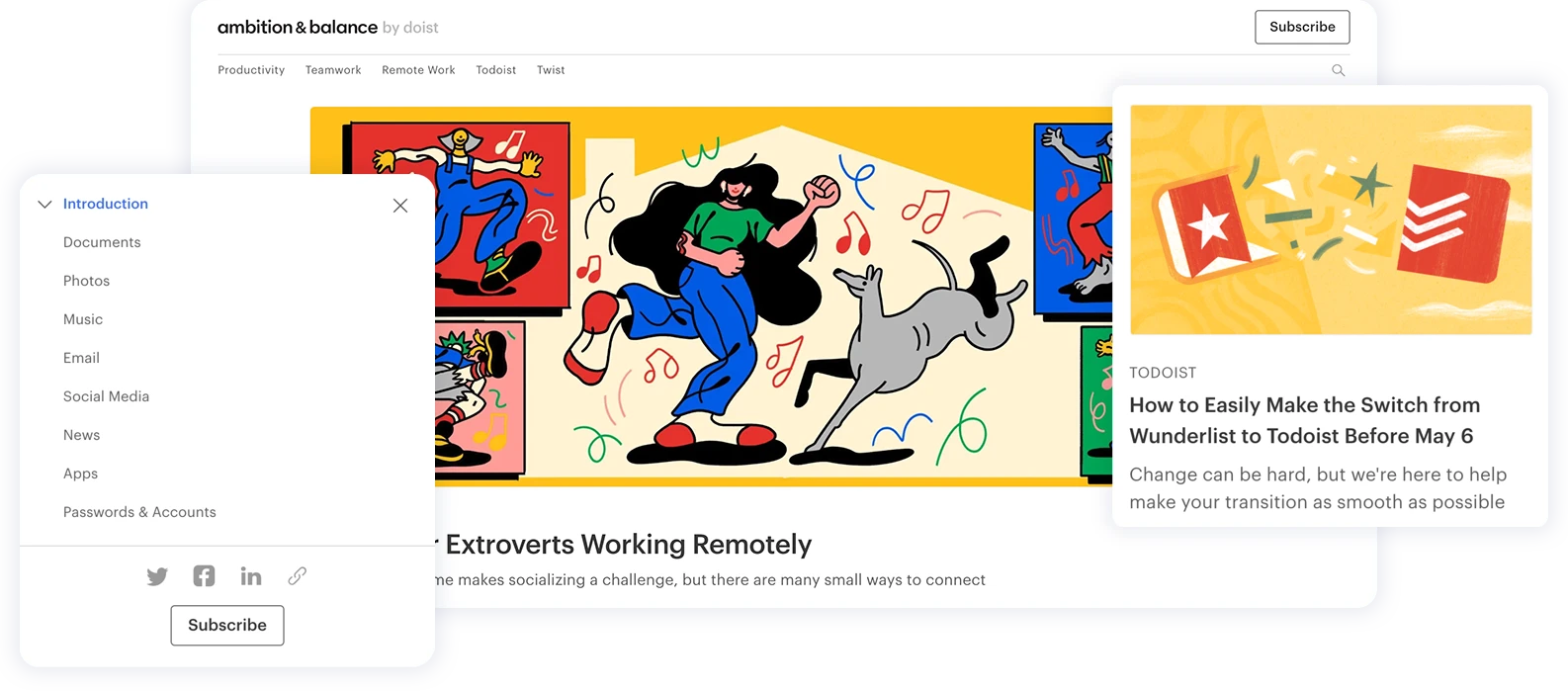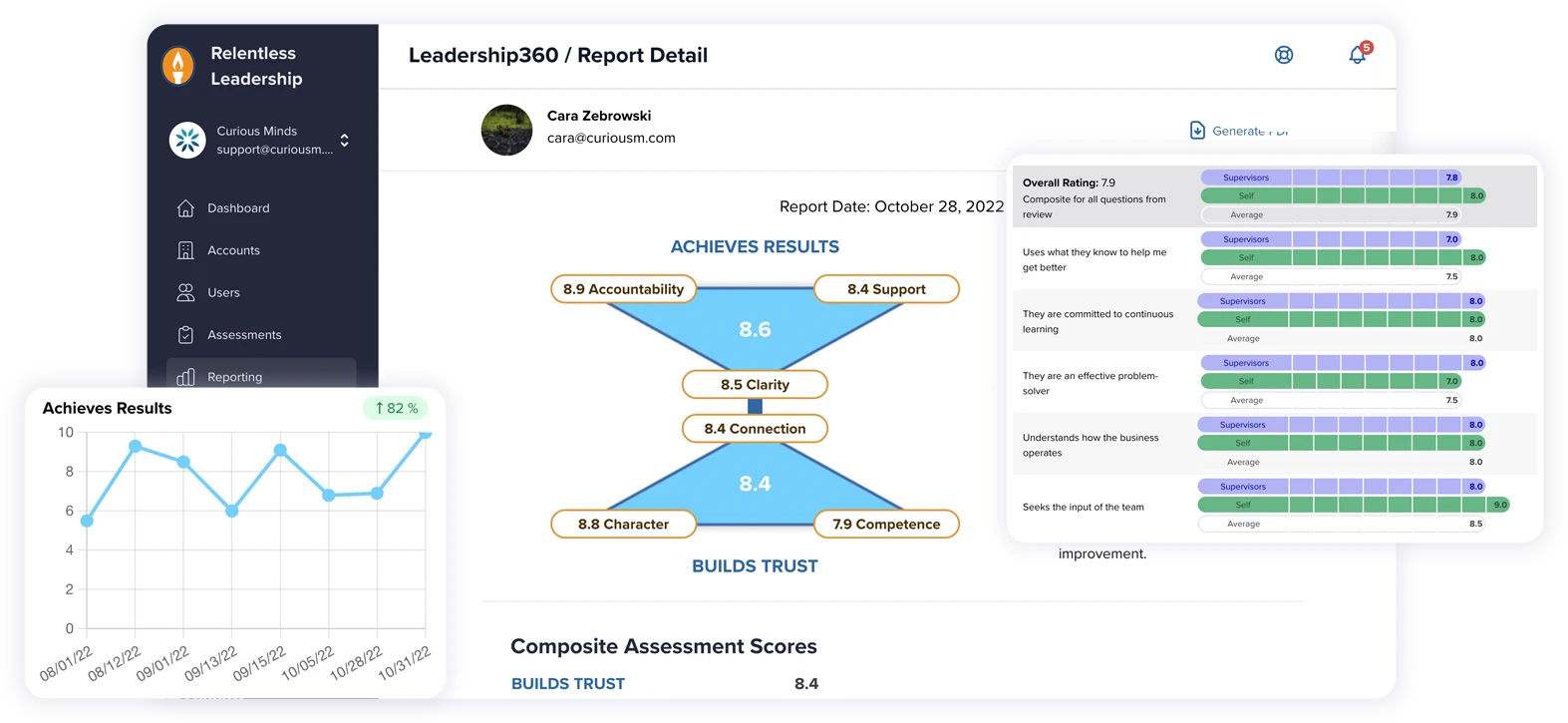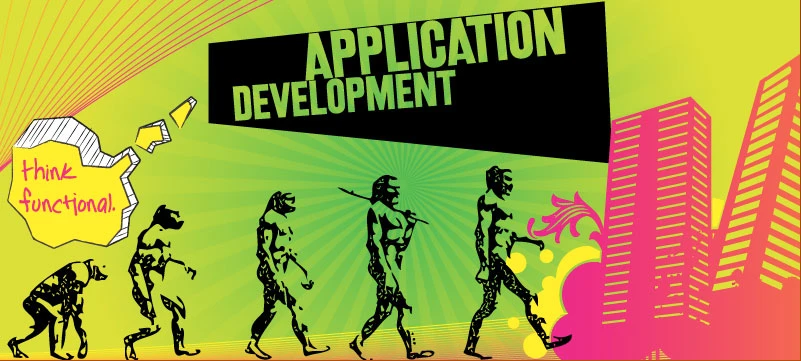Today’s companies are producing more content than ever before. And many are finding a need to populate content across multiple websites or delivery channels. Are traditional content management systems (CMS) keeping pace with demands?
Some are, but some aren’t. The good news is that WordPress does support innovative headless CMS functionality. A headless CMS approach offers new levels of flexibility and agility for organizations.
What is a headless CMS, exactly? And does your company need one? Read on to learn more about this transformational approach to content management.
What Is a Headless CMS?
To understand the value of a headless CMS, you need to know how traditional CMS solutions work. Essentially, traditional CMS approaches consist of a single system that includes all the functionality you may need for a company’s web presence. The IT industry refers to these solutions as “monolithic” CMS solutions.
Traditional CMS solutions house all content in one system and deliver it to a single place: a website. You can think of the content database as the “body” and the web presentation layer as the “head.” In this scenario, the head and body stay coupled together.
True, a monolithic CMS can do a great job of delivering content for a single website. But when companies add mobile or Internet of Things (IoT) channels–or create multiple sites–these traditional CMS systems present significant development challenges.
By contrast, a headless CMS solution is built with distributed content delivery in mind. A headless CMS includes a back-end database to store content, but it doesn’t focus on rendering web pages. Instead, a headless CMS provides content as data over application programming interfaces (APIs).
In this scenario, the content repository “body” is separate from the presentation layer “head.” And that’s why the term “headless CMS” makes sense.
What does this mean? Content creators have a single place for content updates. But developers can program APIs to deliver content to multiple places–such as microsites, landing pages, mobile interfaces, apps, and more. Static site generators are critical tools that support this content delivery method.
How Are Headless CMS Used with Static Site Generators?
Many companies that opt for a headless CMS use static site generators (SSGs) to deliver content. What’s an SSG? SSGs take site content, apply it to templates, and generate static hypertext markup language (HTML) pages for presentation to site visitors.
SSGs allow developers to pull content via APIs and generate new static sites anytime content changes within the back-end CMS. With this approach, the static site stays current, but there is little processing required when users visit websites.
Importantly, SSGs are all about front-end content presentation. Most don’t have an easy-to-use editor that meets the needs of non-technical content professionals.
But combining a headless CMS with an SSG offers the best of both worlds. Editors can publish content in a single back-end repository with a familiar interface. But companies have the flexibility to deliver that content through multiple sites and channels.
What Makes WordPress a Good Headless CMS?
Yes, WordPress is, by nature, a traditional monolithic CMS. It offers exceptional content management functionality and has a strong focus on front-end display. But you can use a WordPress back-end and transform it into a headless CMS.
How? Expert WordPress developers can use APIs to extend the content you create beyond your WordPress theme. You can still rely on the user-friendly WordPress back-end for content management. But developers can set up API-based protocols to pull content to varied presentation layer “heads,” such as microsites, landing pages, and more.
If you already use WordPress, you won’t need to shift a new content management infrastructure to take advantage of headless CMS functionality. You can rely on a trusted and proven CMS while delivering content to meet your evolving business needs. If you’re in the market for a headless CMS, you should include WordPress in your consideration set.
Streamline Content Management As You Grow
Companies know that content is what draws users to websites. Recent statistics show that most companies dedicate nearly 50% of their budget to content marketing. And WordPress reports that its user community adds about 70 million pages each month.
Keeping up with your company content can be a big job. As you create more sites, landing pages, and channels, that job gets even bigger. But you can rely on WordPress and scale your content delivery as you evolve.
By using WordPress as a headless CMS and coupling it with an SSG, you can house content in one repository and deliver it to multiple places. You can trust that your content is always up-to-date and that your end users have an efficient experience. That helps you expand your reach and grow your business.
At Curious Minds, our expert developers have proven experience with WordPress as a headless CMS. Learn more about our headless CMS and headless WordPress development services and how we can bring your web vision to life.



















